Asthma Cooperative Agreement Partner Profile – New York
The New York State Asthma Control Program (NYSACP) has been part of CDC’s National Asthma Control Program since 2003, working alongside partners to reduce asthma disparities by improving the quality of asthma care, improving asthma management in schools, and fostering policies to help reduce exposure to asthma triggers in outdoor, indoor, and workplace environments.
Strategies in Action
- Urban Health Plan (UHP) is a federally qualified health center that provides care for more than 12,000 patients with asthma in the Bronx. With support from the NYSACP, UHP worked to identify high-risk asthma patients and to expand the use of telehealth for delivery of asthma self-management education and community health worker (CHW) asthma home visits. From September 2021 to August 2022, 438 patients received an initial visit with 92% (401) receiving a revisit. Among the 64% (282) of total participants with poorly controlled asthma at the initial visit, 93% (263) received a revisit with 49% (128) reporting well-controlled asthma at the second visit. Overall, 66% (263) of total patients receiving a revisit had their asthma well-controlled at the second visit. UHP believes that the shift towards increased telehealth provided virtually and/or by telephone created unique opportunities to reach a group of patients who had previously not engaged in standard in-home and clinic-based asthma services.
- With NYS contract funding, the NYSACP and the American Lung Association (ALA) provide approximately 25 Asthma Educator Institute (AEI) scholarship opportunities annually to asthma care team delivery partners engaged in Project BREATHE NY, a joint asthma quality improvement initiative of the NYSACP and ALA. AEI is a preparatory course offered virtually for healthcare professionals qualified to take the National Asthma Educator Certification Board (NAECB) examination. AEI participants complete the course equipped with the knowledge, skills, and commitment to make changes within their practices and to advance Project BREATHE NY’s aim of ensuring the delivery of guidelines-based asthma care coordinated across settings to improve asthma-related health outcomes and to reduce asthma-related ED visits and hospitalizations.
- The NYS Healthy Homes Pilot (the Pilot) is a joint initiative of the NYS Department of Health and the NYS Energy Research and Development Authority (NYSERDA) that delivers residential healthy homes interventions to 500 Medicaid-enrolled children with poorly controlled asthma and their families living in New York City and Western New York. Funded with $10 million from NYSERDA’s Clean Energy Fund, the pilot launched in 2021 with four Medicaid managed care health-plan partners. Pilot services include energy efficiency and weatherization services; in-home improvements aimed at environmental trigger reduction and home injury prevention; and home-based asthma services, including asthma self-management education, care coordination, and support for addressing social care needs of the household from a CHW. As of February 2022, 53 families were participating in the pilot. Results of these interventions will be evaluated for effectiveness and cost savings.

Asthma by the numbers:
1,449,094 Adults with asthma
310,998 Children with asthma
In 2020, a total of 1,449,094 New York adults (9.5% of the adult population) had asthma, and 310,998 New York children ages 0–17 years (8.2%) had asthma.
120,000+ ER visits
18,000 Hospitalizations
In 2019, New York saw more than 120,000 asthma-related emergency department (ED) visits and over 18,000 hospitalizations due to asthma.
National Asthma Control Program: EXHALE
E
on asthma self-management
X
smoking and exposure to secondhand smoke
H
visits for trigger reduction and asthma self-management education
A
of guidelines-based medical management
L
and coordination of care across settings
E
policies or best practices to reduce asthma triggers from indoor, outdoor, or occupational sources
CDC’s National Asthma Control Program (NACP) and its partners help people with asthma achieve better health and improved quality of life. NACP developed EXHALE, a set of six public health strategies that each contribute to better asthma control.
Each EXHALE strategy has been proven to reduce asthma related hospitalizations, emergency department visits, and healthcare costs. Using the EXHALE strategies together in a community can have the greatest impact.


